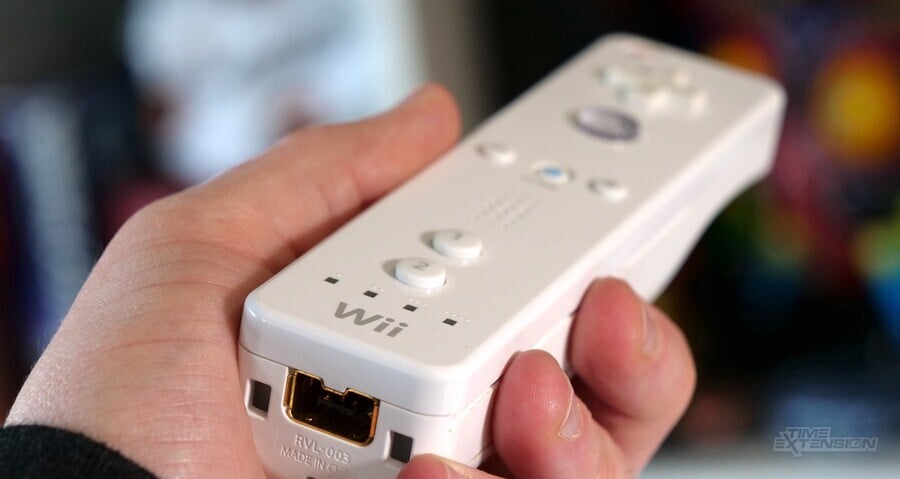
In October 2020, as part of the now infamous gigaleak, Nintendo fans got their first good look at the first Wii Menu (version 0.1) after a user named Red Bees managed to get it to compile. Now two years later, thanks to Forest of Illusion and its community, it seems that a Nintendo GameCube TDEV devkit has been discovered in the wild using this very same menu.
As we saw with the original leak, the menu is pretty basic only having 5 options to select from, including a clock, memory card management, display options, and configurations for sound and the controller. It also boasted a splash screen showing a Wii, an error message, and a loading disc screen, and notably refers to the console by its pre-release codename the Revolution.
Why this is so interesting to us is that it could potentially be an example of the model that was used at E3 2006 to demonstrate Wii demos for games like The Legend of Zelda: Twilight Princess, Wii Sports, Warioware, and Excite Truck. As also revealed via the 2020 gigaleak, those four games were actually demoed from GameCube TDev dev kits using special adapters, while three other games, including Metroid Prime 3, Project Hammer, and Super Mario Galaxy were demonstrated on a debug version of the Wii hardware.
When we reached out to Forest of Illusion for further information, they sent along an interesting first-hand account from someone who accidentally spotted one of these GameCube TDev dev kits at the event itself in 2006.
The user Teddman wrote:
"It seems Nintendo had only the GameCube version of The Legend of Zelda: Twilight Princess ready to demo at E3, and pulled a sophisticated rigging together of the GameCube version and the Wii controller to fool show attendees. I repeat, no one at E3 played the Wii version of Zelda--it was all the GameCube version rigged up to the Wii controller.
"On Thursday, two friends of mine were playing Twilight Princess in the Wii section of Nintendo's booth when the game demo crashed and froze, necessitating a reboot by the blonde booth representative. This is not uncommon with E3 demo code, which are works in progress and nowhere near as stable as a final game. What was uncommon was how she went about rebooting the Wii--she didn't! Instead, she went to get another representative, who arrived with a key and unlocked a drawer in the TV stand. When one of my friends asked, "Why don't you just reset the Wii?" she shook her head...
"Inside the drawer a black GameCube was just visible, which she powered off and back on quickly. The game rebooted on the TV set accordingly. All the while, the Nintendo Wii to the right of the set remained powered on, its blue LED lights glowing the entire time. "Shh! It's a secret!" smiled the booth rep.
"So it seems that the Wii on display alongside Zelda was mostly for show. It may have been completely a dummy unit, while the Wii controller was driven by the GameCube via a prototype adaptor of some kind or a hidden dev kit (there were two other drawers in that stand). This sure would give ammunition to folks who clain that Wii gameplay could basically be accomplished on a GameCube with Wii controller--because that's exactly what was happening at the show!
"I don't believe any other game had this kind of setup, and Twilight Princess was probably the only title shown in this fashion. It makes sense when you consider that the game was in development for GameCube for so long and was only ported to the Wii relatively recently. I got further confirmation when I photographed the back on the TV stand--look closely and you can see the black GameCube, partially obscured by a clear plastic bag. The other Wii demo stations were considerably less cluttered with wires, because I believe they were actually running on Wii's."
According to Forest of Illusion, the person who found this devkit wants to remain anonymous. Nevertheless, it will be interesting to see if there's anything else they can glean from it in the future. At the very least, it already seems to have filled in some fascinating gaps in the early history of the Wii's lifecycle. You can check out a video from Nintendo's E3 2006 booth below:
What do you make of this discovery? Let us know in the comments!






Comments 0
Wow, no comments yet... why not be the first?
Leave A Comment
Hold on there, you need to login to post a comment...